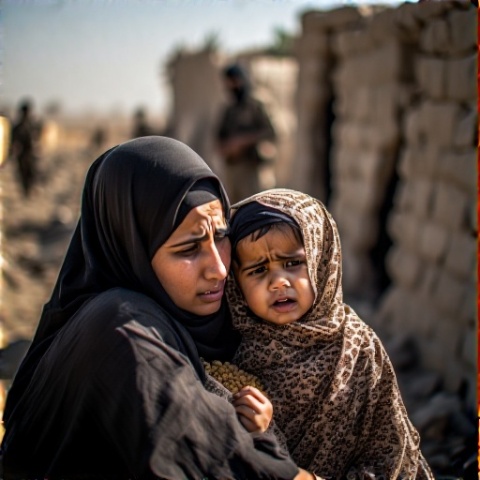Marriage in Islam represents a sacred contract between two consenting adults, establishing legal rights and obligations. This comprehensive examination explores the essential elements of Islamic marriage, addressing both traditional requirements and contemporary applications.
Core Requirements for Marriage
Islamic law establishes fundamental conditions for a valid marriage:
Mutual Consent
The explicit agreement of both parties stands paramount. No person, regardless of gender or social status, can be compelled into marriage. Both parties must clearly express their acceptance of the marriage contract.
Legal Capacity
Both parties must possess the mental and legal capacity to enter into marriage. This includes reaching the age of maturity and having the psychological competence to understand the implications of the marriage contract.
Witnesses
The presence of two reliable witnesses validates the marriage contract. These witnesses ensure public acknowledgment of the relationship and protect both parties’ rights.
Mahr (Dower)
The groom must provide a marriage gift to the bride. This financial right belongs exclusively to the bride and can take any form she accepts, from monetary payment to property or valuable items.
The Marriage Contract
The Nikah contract contains several key elements:
Essential Components:
- Clear identification of both parties
- Specified mahr amount and payment terms
- Any agreed-upon conditions
- Rights and responsibilities of each spouse
- Witnesses’ signatures
- Official registration requirements
Optional Conditions:
- Career continuation rights
- Education completion agreements
- Property division specifications
- Residence arrangements
- Travel rights
- Divorce conditions
Legal Rights and Obligations
Marriage establishes reciprocal rights and duties:
Financial Responsibilities:
The husband assumes primary financial responsibility for:
- Housing
- Food and clothing
- Basic necessities
- Medical care
- Children’s expenses
The wife maintains complete control over:
- Her personal wealth
- Inherited property
- Employment income
- Investment returns
Contemporary Considerations
Modern circumstances introduce new elements:
Premarital Screening:
- Medical examinations
- Psychological evaluation
- Financial disclosure
Documentation Requirements:
- Government registration
- Legal identification
- Residency proof
- Financial records
The Marriage Process
Traditional Steps in Contemporary Context:
Initial Communication
Modern methods of introduction must maintain Islamic principles of modesty while allowing sufficient interaction for informed decision-making.
Family Involvement
Traditional family roles adapt to contemporary circumstances while maintaining respectful communication and proper oversight.
Marriage Preparation
Pre-marriage education covering:
- Religious obligations
- Financial management
- Communication skills
- Conflict resolution
- Family planning
Cross-Cultural Considerations
Islamic marriage principles accommodate cultural diversity:
Cultural Integration:
- Respecting cultural traditions within Islamic boundaries
- Addressing intercultural communication
- Managing family expectations
- Navigating different customs
Legal Compliance:
- Understanding local marriage laws
- Ensuring religious and civil validity
- Maintaining proper documentation
- Addressing international marriage requirements
Extended Family Relations
Managing family relationships:
Parental Rights:
- Maintaining family ties
- Balancing independence
- Respecting boundaries
- Supporting elderly parents
In-Law Relations:
- Building positive relationships
- Setting healthy boundaries
- Managing expectations
- Resolving conflicts
Conflict Resolution
Islamic principles for maintaining harmony:
Prevention Strategies:
- Regular communication
- Mutual consultation
- Financial transparency
- Respect for privacy
Resolution Methods:
- Direct dialogue
- Family mediation
- Religious counseling
- Professional intervention
Conclusion
Islamic marriage combines spiritual significance with practical partnership. Success requires understanding both religious principles and contemporary challenges. This framework provides stability while allowing flexibility for modern circumstances.







